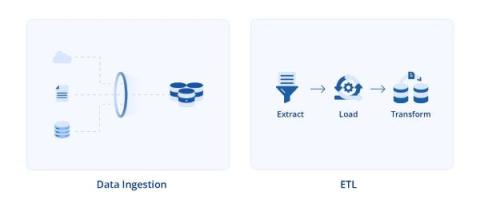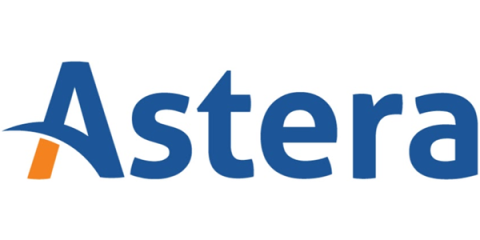Data Ingestion vs. ETL: Understanding the Difference
Working with large volumes of data requires effective data management practices and tools, and two of the frequently used processes are data ingestion and ETL. Given the similarities between these two processes, non-technical people seek to understand what makes them different, often using search queries like “data ingestion vs ETL”.









